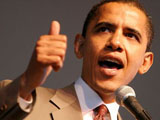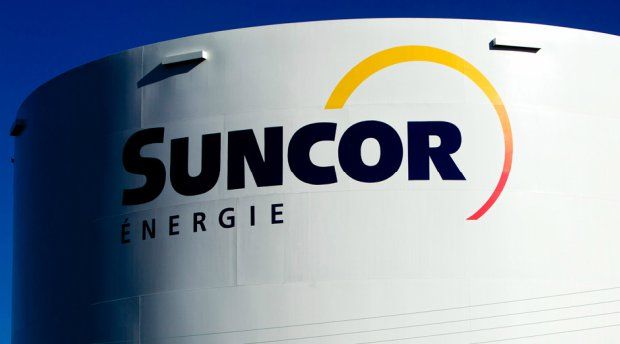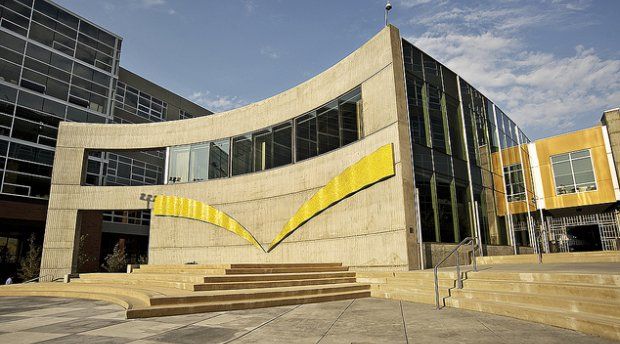In The Elections, The Jobless Trends Matter More Than The Rates
Post Views 0Unemployment is higher than it’s been heading into any election year since World War II.
But previous history has shown that it won’t necessarily stop President Barack Obama from reclaiming the White House.
In the presidential election year, the unemployment trend can be more important to an incumbent’s chances than all of the employment rates.
Going back to 1956, no incumbent president has lost when the employment rate fell over the two years that led up to the election, and none has won when it rose.
That was quite similar in the 12 months before the presidential elections: Just one of the nine incumbent presidents (Gerald Ford in 1976) lost when the unemployment rates fell over that year, and only one (Dwight Eisenhower in 1956) was re-elected when they rose.
The other precedents bode well for President Obama. The unemployment rate was 9.8 percent in November 2010, two years before the voters will decide whether Obama gets to stay in the White House or not. It was down from 8.7 percent in November of 2011, a year before the vote was to take place. It fell to 8.5 percent in December and it is expected to fall once again before the Election Day.
Even then, the unemployment rate is still at the recession levels. The former Massachusetts Gov. Mitt Romney, who is contending with all the other Republican candidates to challenge Obama in the month of November, has made the weak economy the centerpiece of his campaign
In a statement from last week, Romney said that Obama’s policies ”have slowed the recovery and created misery for 24 million Americans who are currently unemployed or stuck in a part-time job when what they really want is a full-time job.”
An Associated Press-GfK poll of American adults from last month found that nearly 60 percent of all American adults do not agree with Obama’s performance on economic issues.
Obama can take some comfort in President Ronald Reagan’s experience. In November of 1982, the economy was in the last months of a deep recession, and the unemployment rate was 10.8 percent, the highest that it has been since the Great Depression. Almost a year later, the unemployment rate was down to 8.5 percent. By November of 1984, it was still pretty high at 7,2 percent, but the downward spiral was unmistakable. Reagan was re-elected that month in a 59-41 percent landslide.
”A sense that things are on the mend is really important to people,” said Andrew Kohut, who is the president of the Pew Research Center. Here are two examples:
-President Jimmy Carter was hurt by the rising unemployment rates-from 5.9 percent in November of 1978 to 7.5 in November of 1980.
-President George H.W. Bush, who seemed invincible after the U.S. drove Saddam Hussein’s Iraqi forces out of Kuwait in early 1991, wound up losing in November of 1992. The unemployment rates was almost 7.4 percent during the time of that month, it was up from the 6.2 percent from nearly two whole years earlier.
In The Elections, The Jobless Trends Matter More Than The Rates by Harrison Barnes



 Top Canadian Companies You Want to Work For
Top Canadian Companies You Want to Work For  Expected Changes in 2016 to the Workplace
Expected Changes in 2016 to the Workplace  Amazon May Have a Better Grasp on Workplace Culture
Amazon May Have a Better Grasp on Workplace Culture